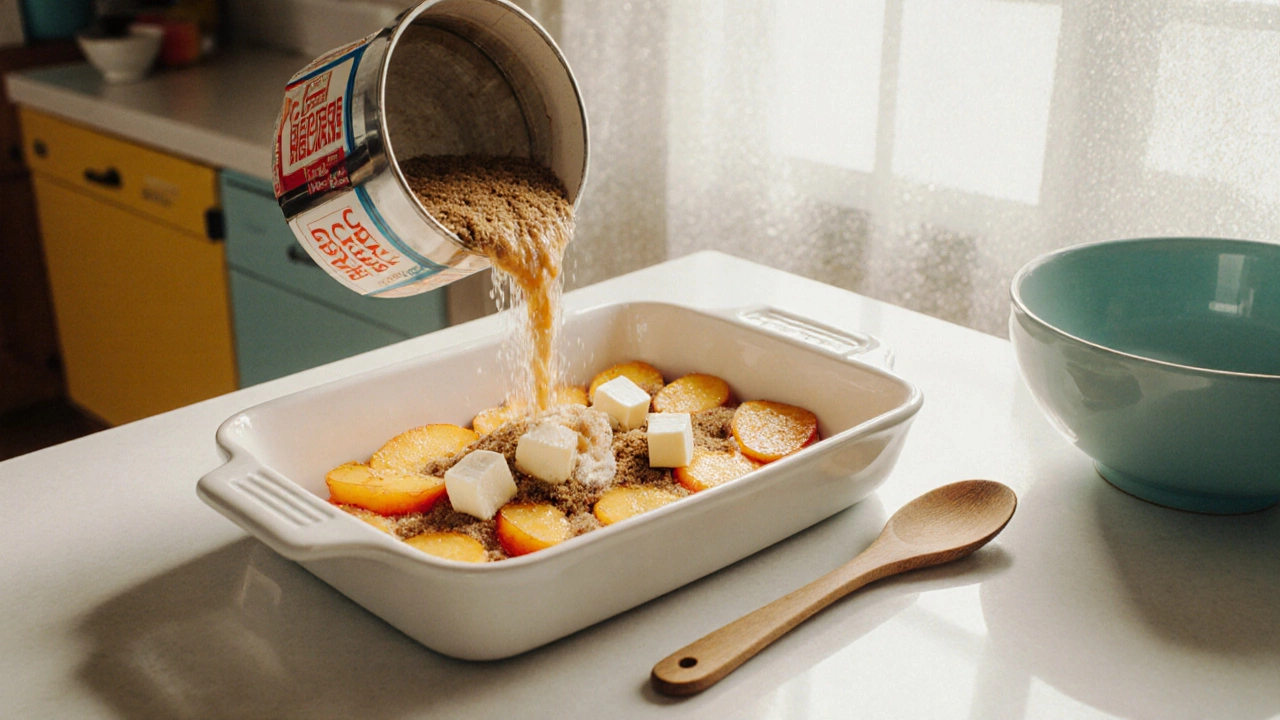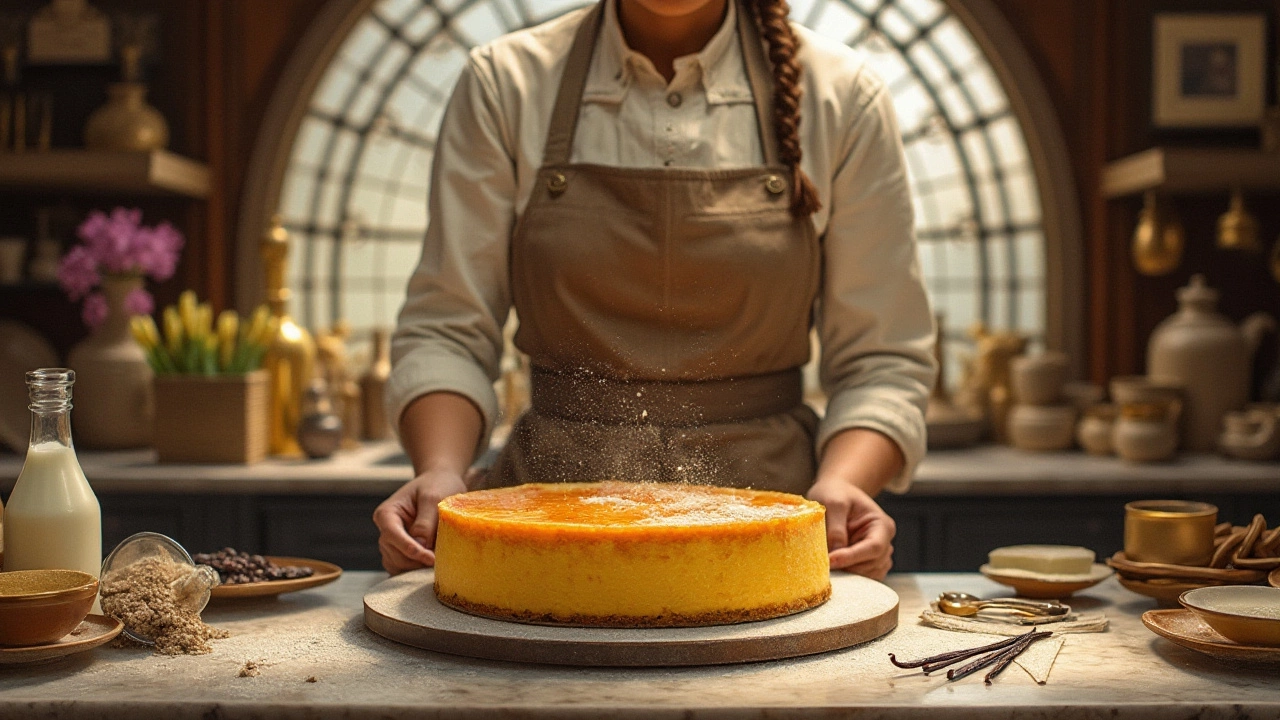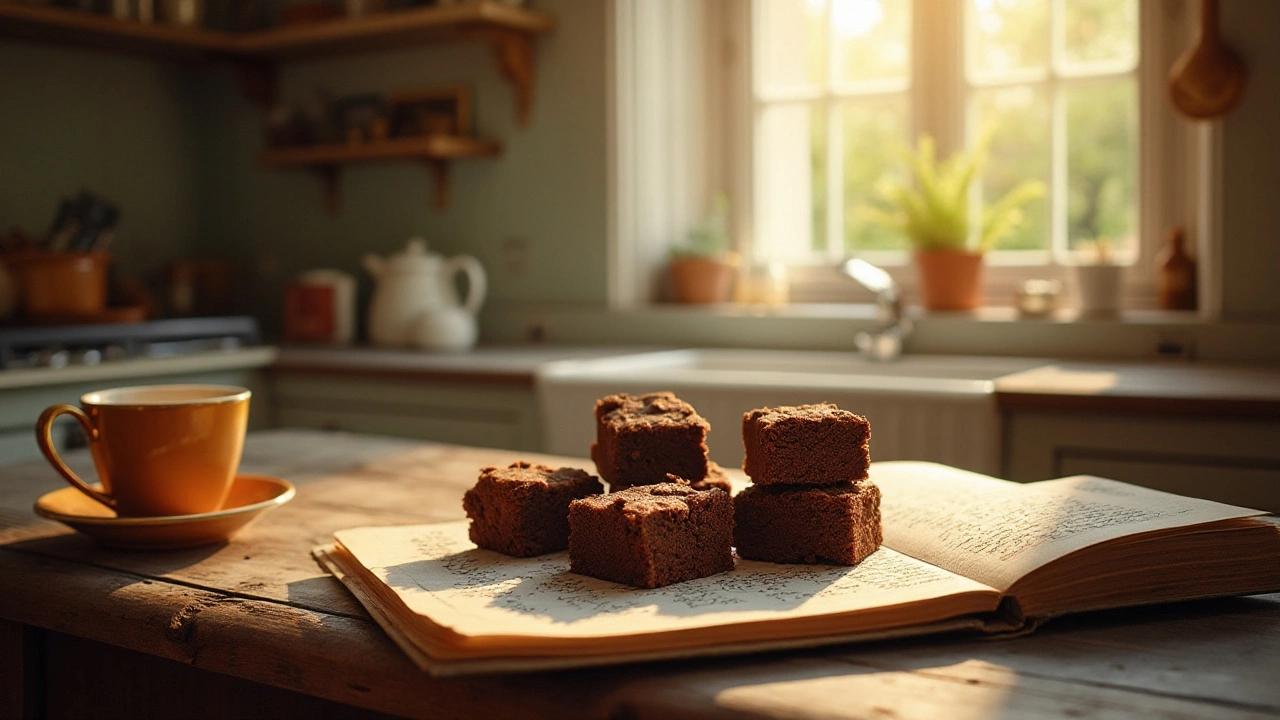
Why Is It Called a Dump Cake? Origins and Meaning Explained
Discover why the simple dessert is called a dump cake, its 1970s origins, key ingredients, popular twists, and pro tips for perfect results.
Did you ever wonder why a brownie feels so comforting or how a macaron got its delicate shell? The answer lies in a long, tasty timeline that starts thousands of years before our grandma’s kitchen. By looking at a few key milestones, you can see how today’s favorite sweets borrow flavors, techniques, and even stories from ancient cultures.
Archaeologists have uncovered crushed honey‑cake crumbs in a 9,000‑year‑old Neolithic site. Those early “cookies” were simple mixtures of grain, honey, and water, baked on hot stones. Fast‑forward to ancient Egypt, where honey‑sweetened breads were offered to the gods, and you can spot the first link to modern desserts that celebrate rituals and celebrations.
Rome added a twist by frying dough in oil and drizzling it with honey, creating the first gelato‑like treats. The Romans also invented the concept of layered pastries, a technique that shows up in today’s mille‑feuille and even in the way we stack macaron towers.
In medieval Europe, sugar became a luxury, and bakers started experimenting with spices, almonds, and dried fruit. This era gave birth to marzipan and early versions of marinated fruit tarts—precursors to the flamboyant fruit‑filled cakes we see on Instagram today.
The 19th century introduced chocolate bars, which quickly turned into the beloved brownie. Our “Brownies: Should They Be Fudgy or Cakey?” post explains that the original brownies were a solution to a cooking mistake—a thin chocolate cake that turned out dense and rich. Whether you prefer a fudgy center or a cakey crumb, you’re actually tasting a piece of culinary history.
Macarons, once a French monastery treat, exploded into a global obsession after the 20th‑century resurgence of pastel colors and bold flavors. The “How Many Macarons Fit in a 5‑Tier Tower?” guide shows that stacking them isn’t just eye‑candy; it’s a nod to the centuries‑old tradition of displaying sweets at wedding feasts.
Even vegan candy, highlighted in our “Vegan Candy Guide,” shares a historical thread. Early plant‑based sweets used honey as a binder; modern vegans swap it for agave or maple syrup, keeping the sweet spirit alive while meeting today’s dietary values.
Understanding these origins helps you make smarter choices in the kitchen. Want a truly ancient cookie? Mix whole‑grain flour, a spoonful of honey, and a pinch of salt, then bake on a hot stone (or a baking sheet) for a few minutes. Craving a modern twist? Take that base and add sea salt caramel or matcha powder for a flavor that respects the past while shouting today.
Every dessert you enjoy carries a story—whether it’s a Roman honey‑fry, a medieval almond paste, or a 20th‑century chocolate fudge. By knowing the lineage, you can appreciate the texture, aroma, and even the cultural moments that shaped each bite.
So the next time you pull a tray of brownies from the oven or admire a perfect macaron tower, remember: you’re holding a piece of history in your hands. Dive into any of our tag‑linked articles for deeper insights, recipes, and fun facts that turn ordinary sweet moments into a tasty time‑travel adventure.

Discover why the simple dessert is called a dump cake, its 1970s origins, key ingredients, popular twists, and pro tips for perfect results.

How did macarons, the delicate French confection, find their way to Brazil? This article explores the journey of this famous dessert across continents, shedding light on the individuals and cultural exchanges that made it possible. Discover interesting facts about macarons, from their origins to their Brazilian adaptations, and gain insights into making them at home. Get ready for a culinary adventure that mingles history, culture, and taste.

Biltmore Cheesecake is a delightful dessert that combines rich history with creamy perfection. Originating from the grandeur of the Biltmore Estate, it embodies elegance and culinary sophistication. This article explores its intriguing origins, shares expert baking tips, and offers variations that could transform your cheesecake repertoire. Whether you're a seasoned baker or a curious foodie, these insights will enrich your cheesecake-making experience.

Brownies, a beloved chocolate dessert, have a rich and curious history worth exploring. Originating in the United States, these dense cakes blur the line between a cake and cookie and have evolved over time to include numerous delicious variations. From their accidental creation to various recipes worldwide, the brownie continues to captivate dessert lovers. Discover the sweet tale of this popular treat along with some handy baking tips and tricks. Uncover what makes a perfect brownie and enjoy its indulgent charm.